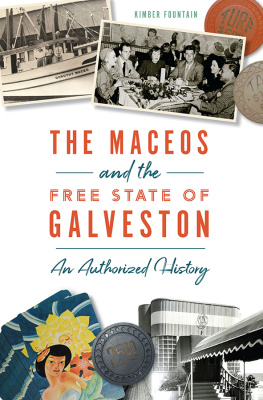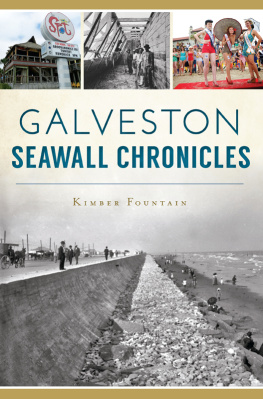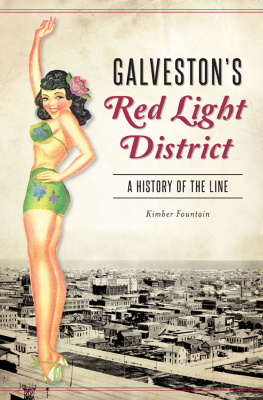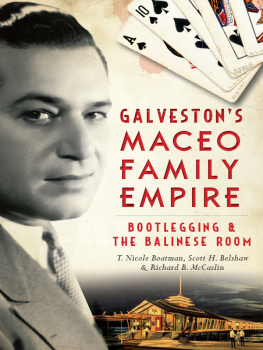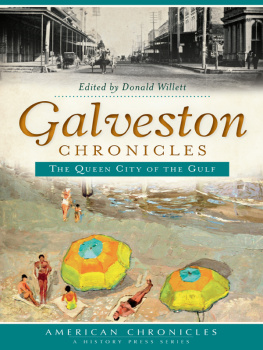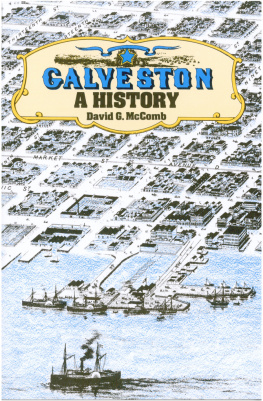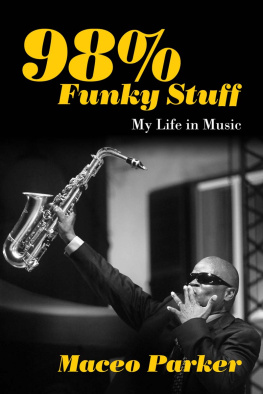
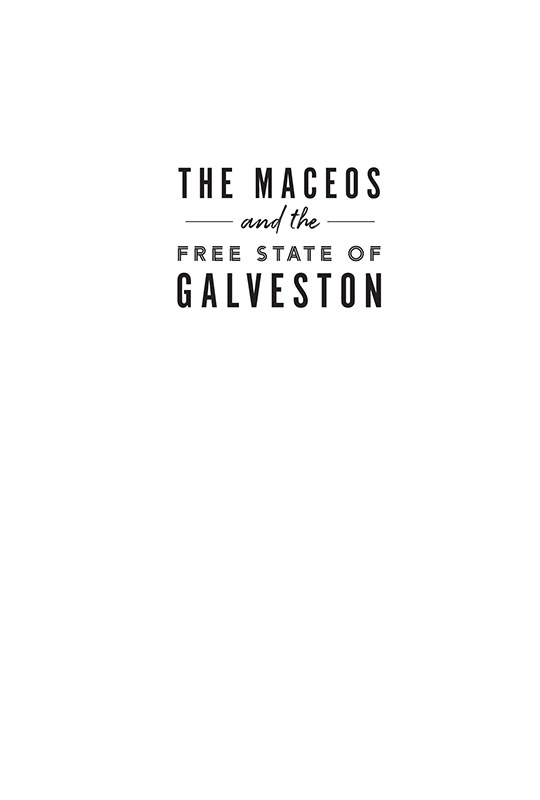

Published by The History Press
Charleston, SC
www.historypress.com
Copyright 2020 by Kimber Fountain
All rights reserved
First published 2020
E-book edition 2020
ISBN 978.1.43966.899.3
Library of Congress Control Number: 2019952116
print edition ISBN 978.1.46714.353.0
Notice: The information in this book is true and complete to the best of our knowledge. It is offered without guarantee on the part of the author or The History Press. The author and The History Press disclaim all liability in connection with the use of this book.
All rights reserved. No part of this book may be reproduced or transmitted in any form whatsoever without prior written permission from the publisher except in the case of brief quotations embodied in critical articles and reviews.
For Eric, my partner in crime.
CONTENTS
ACKNOWLEDGEMENTS
First and foremost, I must acknowledge the Maceo family. When I first met Concetta Maceo, she had recently arrived on the island and was planning on attending nursing school, but something in me knew that she was right where she belonged, immersed in the modern incarnation of the family business, Maceo Spice and Import Company. She had no idea that I was already borderline obsessed with the Maceo history, but over the years she became a fan of my writing. Thus when she asked me to take on the task of telling the Maceo story, it was a dream come true. I am humbled and grateful to her for the invitation, because the world certainly needs to know about this remarkable group of people. I am beyond thrilled that I am the one who gets to share it.
To Vic, Ronnie, Frank and Marlina Maceo, thank you for your time and for sharing your stories with me. Your input was invaluable. And to the rest of the Maceo clan, living and deceased, whether I have met you or not, thank you for who you were and who you are and for contributing to such a fascinating history in your own way. I hope you have as much fun reading this as I had writing it.
This book would not have been possible without the help of my fianc, Eric. Every couple has those little idiosyncrasies that make it work, and one of ours just happens to be a fascination with the history of organized crime. His brain is like a gangster encyclopedia, with knowledge surpassed only by the insane number of books he has on the topic. He was my co-investigator, helping me unravel the larger aspects of this story piece by piece, and without him, this book would not be what it is.
To D.B., the anonymous benefactor who let me spend hours photographing his wonderful collection of memorabilia from the Free State, thank you for helping me develop a visual component to this story that would never have existed without your assistance.
To my mom the English professor, who read to me every night as a child, without fail, that has made all the difference in my life. To my dad, who was so happy when I was old enough to accompany him to the gangster flicks and shoot-em-ups that my mom did not want to go see. It may seem like the simplest thing, but it gave me a perspective and a love for this genre that I would not have had without him.
Lastly, sometimes soulmates have four paws and fur, and mine certainly does. Thank you, Elle, you make everything in life so beautiful.
INTRODUCTION
Several years ago, I happened upon an elderly man on the steps of Shearn Moody Plaza at the intersection of Twenty-Fifth Street and the Strand. I do not recall the exact circumstances of our meeting, but I do remember that he had just missed his bus. Even though I had lived in Galveston for only about a year and a half, I was already fully informed on the shortcomings of our public transit, so I offered him a ride. His destination was Walmart clear on the opposite side of town, but his faded clothes, worn shoes and soft face, punctuated by a gentle demeanor that reminded me of my late grandfather, pulled at my heartstrings, and I would have driven him all the way to Houston if he had asked.
At this point in my life, I knew little if anything about Galvestons history, and the island city was only beginning its dramatic, postHurricane Ike transformation. It was still a sleepy little town barely waking up from its disaster-induced hibernation. I listened in bewilderment, tinged with a touch of disbelief, as he described the Galveston that he remembereda Galveston that, despite his age, was so clear in his memory that the city he lived in now was almost foreign. It was the Galveston that he first encountered while stationed at Fort Crockett in the 1940s.
As we drove down Seawall Boulevard, past the crumbling remains of the Flagship Hotel and what little remains of the fort where he had served, past vacant lots and developed lots full of vacant buildings, he spoke of ornate gambling houses and swanky nightclubs on every corner and a section of Postoffice Street that was brimming with bawdy houses. But most of all, he recalled a city teeming with wealth, glamour and prestige. His tone took a sharp turn as the mist lifted from his eyes and the illusion of grandeur recreated by his memories fell away, no longer concealing the scenes outside his window. He looked over toward the Gulf and remarked wryly, You know, back then, if youd told me that someday Galveston would be some obscure, family-friendly beach town, I never would have believed you.
When I dropped him off, he wrote down the address of his retirement home and told me to come see him sometime. I never did, and I have never regretted that more than I do now. In fact, I was dumbfounded by what he told methe Galveston he described seemed so unreal that I dismissed it entirely. Even though I held on to his contact information for a long time with the intention of going to see him someday, I did not once recall the topic of our conversation until I began writing this book, seven years later.
Not long after this encounter, I was officially introduced to the history of the Maceo family and the era known as the Free State of Galveston. As it slowly revealed itself to me, I simultaneously discovered that the era had been more or less banished from the annals of conventional Galveston history. The city has no monuments to the Free State nor any museums that display its ephemera. Almost all of the Victorian houses along the islands primrose path have gone the way of the bulldozer, and the two that remain are in a state of abject ruin. All three of the resplendent dens of vice have been erasedone by water, one by fire and another in the name of progress.
Even more unfortunate, the recorded history of the era has been shattered, scattered and fragmented almost beyond recognition, so all that remains are multiple versions of the same recycled story that do not even begin to capture the essence of what was really happening in Galveston. I realized while writing this book that even I was guilty of this. I have written countless articles on this topic, and it was a key component of my first two books, but I admit that some information in this book contradicts what I have written prior. This is because we Galveston historians have unknowingly told and retold many stories about the Maceo Era that are almost right. It was quite the treasure hunt to trace the origins of those stories and uncover those intricate details that, when combined, present an entirely new perspective.
Next page
